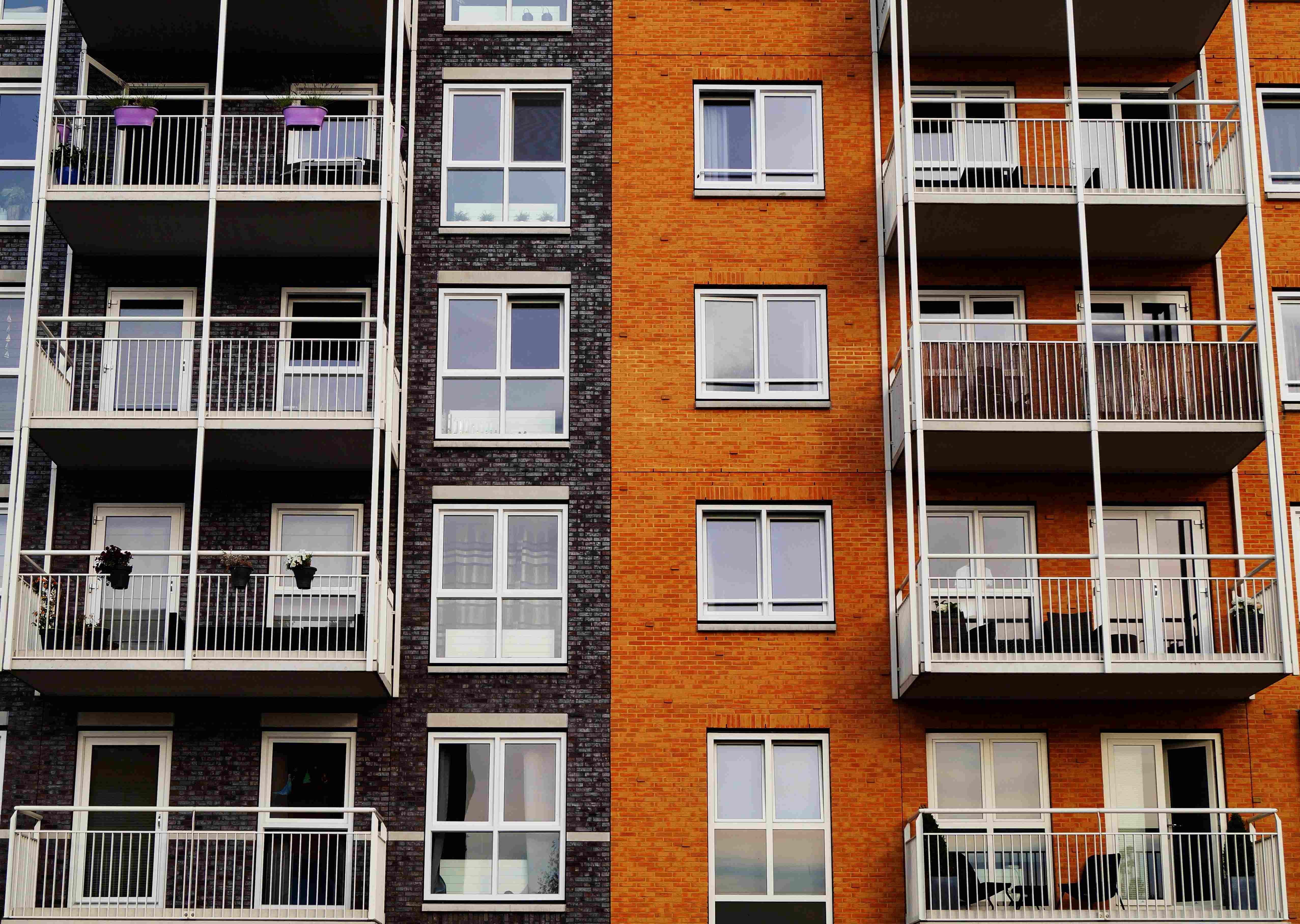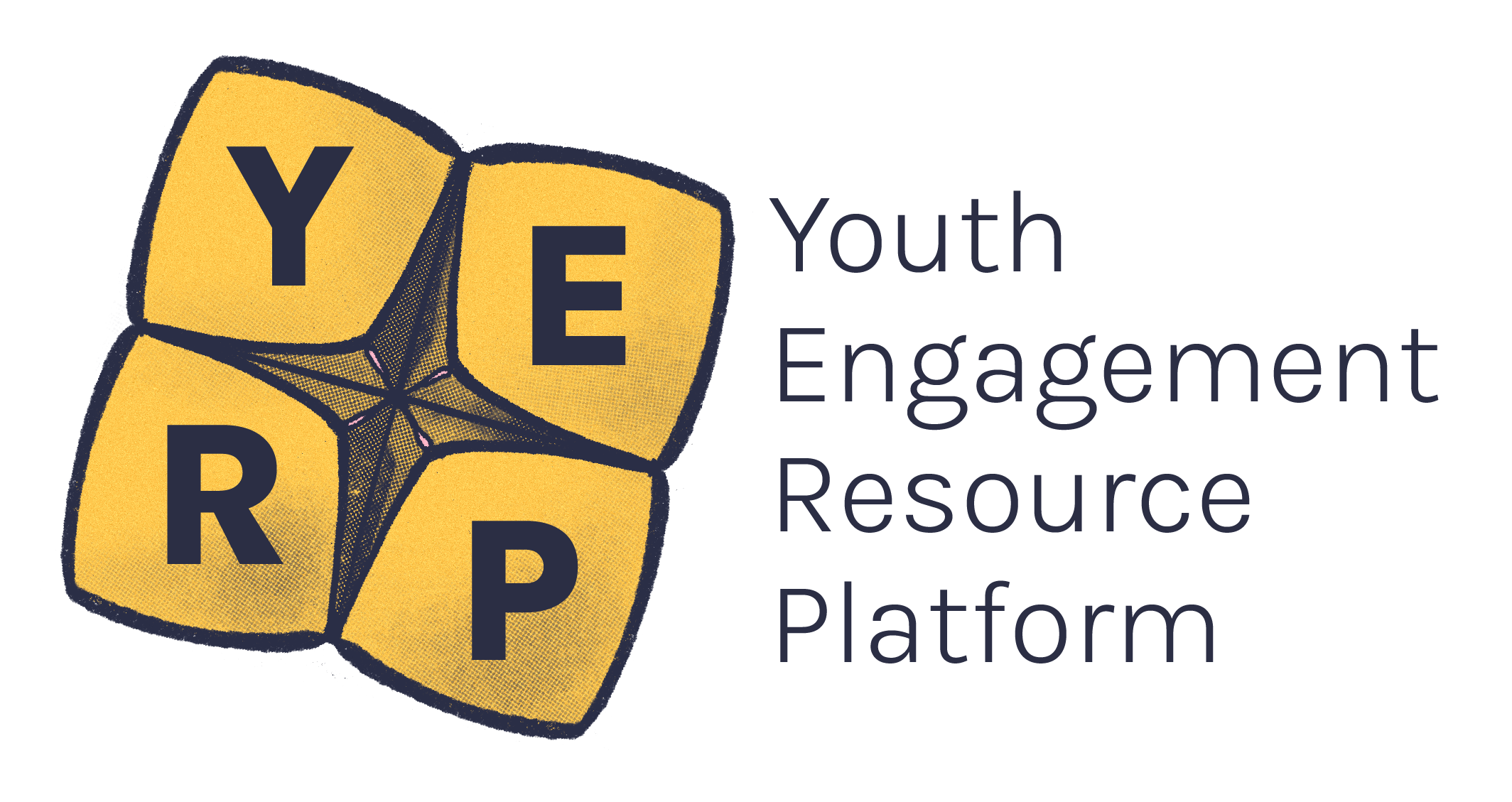On this page
Are you renting or know someone who is?
Recognising how hard it is for many young renters right now, the Final Report from the Parliamentary When the government gets input from the public about an issue.Inquiry into the rental and housing affordability crisis in Victoria was released last week.
Summary
The Inquiry was completed by the Victorian Legislative Council’s Legal and Social Issues Committees are groups of members from the Victorian Government. They hold inquiries to get community input on particular issues.Committee (the Committee). They looked into challenges faced by Victorian renters and what’s causing the rental and housing affordability crisis.
Some of the topics covered in the report include:
- Causes of low housing availability and high costs of renting.
- Options to tackle insecurity, availability and affordability issues faced by renters.
- The experience of renting, including if the minimum rental standards go far enough to protect renter’s rights.
The report makes 23 findings and 34 recommendations to the Victorian Government, and recognises the housing stress young people face. We are pleased 13 of these recommendations align with what we asked for in our submission to the Inquiry.
Some key recommendations include:
- ensure renters’ rights are upheld
- increase social housing
- more funding allocated to homelessness services and specialised housing for priority groups.
Key points for young people
A fair and safe rental system
The report looks at young people’s experiences of the rental crisis, including significant barriers to accessing affordable, safe and long-term private rentals. This includes:
- Unaffordable rental prices and rental bidding.
- Short-term and insecure leases.
- Discrimination within rental application processes based on employment and rental history.
- Poor living conditions due to the lack of enforcement of minimum rental standards by Consumer Affairs Victoria (CAV), and long wait times for the Victorian Civil and Administrative Tribunal (VCAT).
- Over-collection of personal information, risking privacy and data security.
Many young people are forced to accept these barriers due to the lack of affordable housing, and a fear of facing backlash from their landlords – for example, rent increases or their lease not being renewed.
The report also accepts the rental regulatory system can be difficult to navigate, and that information provided by CAV can be hard to understand and is not accessible to all Victorians.
Recommendations that address this
- Recommendation 7: to undertake an independent review of the factors, effects, and solutions to possible discrimination in the rental application process.
- Recommendation 8: to urgently implement its new policy to better protect renter’s privacy and data by limiting the information agents or landlords can keep on file, store and how long they keep it for.
- Recommendation 9: to ensure rental application forms do not allow rental bidding.
- Recommendation 10: to explore further ways to increase the rate of long-term leases in Victoria.
- Recommendation 13: to provide sufficient resources to the new Rental Dispute Resolution Victoria, to reduce the burden on VCAT.
- Recommendation 15: to undertake a review of CAV’s enforcement functions and penalties for non-compliance in the rental system.
Housing supply and affordability
The report looks at ways to improve housing supply and affordability. Skyrocketing rental prices and low vacancy rates are causing financial and social stress for young people.
Recommendations that address these barriers
- Recommendation 20: to discontinue its First Home Owners Grant and transfer the funding to the Private Rental Assistance Program – to ensure those most at risk don’t fall into homelessness.
- Recommendation 30: to commit to building 60,000 new social housing dwellings by 2034, with 40,000 completed by 2028 – to ensure Victoria meets the housing needs of all Victorians.
- Recommendations 32-34: to introduce measures to regulate short-stay rental accommodation, including a 7.5% short stay levy that will go to Homes Victoria – to support building and maintaining public and community housing.
Importantly, the Committee recognises there must be a focus on housing supply and affordability in regional and rural Victoria. The Committee acknowledges that the Housing Statement has committed to:
- $1 billion Regional Housing fund to build more than 13,000 new homes across regional Victoria including a mix of social and affordable housing.
- $1.25 billion investment in regional affordable and social housing as part of the Big Housing Build.
Support for young people experiencing homelessness
The report notes the Victorian Government is yet to respond to the Inquiry into Homelessness in Victoria’s Final Report, which was completed in 2021 with over 50 recommendations. Since then, the Committee reports Victorians accessing specialist homelessness services continues to increase.
Recommendations that address this
- Recommendations 1 and 3: urgently responds to the 2021 Inquiry into Homelessness in Victoria, including prioritising ongoing funding of homelessness services and specialised housing for priority groups.
- Recommendation 2: investigate enshrining the right to housing in the Victorian Charter of Human Rights.
Priority groups
The report identifies certain groups face additional barriers to accessing safe and secure housing and require specialised support to meet there housing needs.
While it’s disappointing the report does not specifically call out young people as a marginalised housing group, it’s important the Committee has identified LGBTQI+ people, children and Aboriginal and Torres Strait Islander people in Victoria.
What we think...
YACVic welcomes the recommendations made by the Committee which demonstrate their commitment to creating a fairer and safer rental system for young people. The Victorian government has six months to respond, and we strongly urge the Victorian Government to implement these recommendations.
But the report contains some key gaps for young people.
Young people make up 25% of all people experiencing homelessness in Victoria.1 Yet Victoria’s policy response to housing and homelessness continues to fail young people.2
Current responses do not consider the developmental life stages of young people – who often need extra support to transition to adulthood and housing independence. And, we have no youth specific housing and homelessness strategy to coordinate services, supports and interventions for young people.
Here are some of our key advocacy priorities for young people.
Victorian Youth Housing and Homelessness Strategy
- Develop a dedicated Victorian Youth Housing and Homelessness Strategy, co-designed by young people with lived experience of homelessness.
Youth housing model
- Design and develop a dedicated fit-for-purpose new youth housing model for young people (15-24) in the homelessness system – to empower young people with the skills and resilience to transition to housing independence.
Social housing for young people
- Ensure 5,000 social housing properties are allocated to young people over the next four years to meet demand.
- Dedicate 15% of the combined Social Housing Accelerator Fund and the Regional Housing Fund to social housing for young people.
- Allocate 10% of all youth housing stock to Aboriginal and Torres Strait Islander young people.
Support for young people
- Increase investment in dedicated funding for prevention and early intervention services to address the needs of a young person in housing crisis before they experience homelessness. For example, skilled youth workers to support young people to maintain tenancies and prevent eviction.
- Ensure access to services are fair and equitable to all young people, with specific focus on disabled young people, young people from refugee and migrant backgrounds, Aboriginal and Torres Strait Islander young people, and LGBTIQA+ communities.
Youth-specific family violence support
- Increase investment in targeted youth specific family violence services, family reconciliation services, and family violence training for youth sector and allied sector workers.
While we welcome that the Report recognises children and families as a priority housing group due to family violence, young people must be recognised as victim survivors of family violence in their own right and require a dedicated response.3
Building young people’s financial security
- Call on the Australian Government to raise the rate of Youth Allowance and Job seeker, in line with the recommendations from the Interim Economic Inclusion Advisory Committee report (2023).4
Now, we call on the Victoria Government to implement the Committee’s recommendations, including urgently responding to the 2021 Inquiry into Homelessness.
References
1 Australian Bureau of Statistics. (2021). Estimating Homelessness: Census. ABS. https://www.abs.gov.au/statistics/people/housing/estimating-homelessness-census/2021
2 Alves, T., and Roggenbuck, C., (2021). Final Report: Towards a Youth Homelessness Strategy for Victoria. Australian Housing and Urban Research Institute Limited.
3 Corrie, T., and Moore, S., (2021). Amplify Research Report: Turning up the Volume on Young People and Family Violence. Melbourne City Mission.
4 Interim Economic Inclusion Advisory Committee. (2023). 2023-24 Report to the Australian Government. Commonwealth of Australia.




